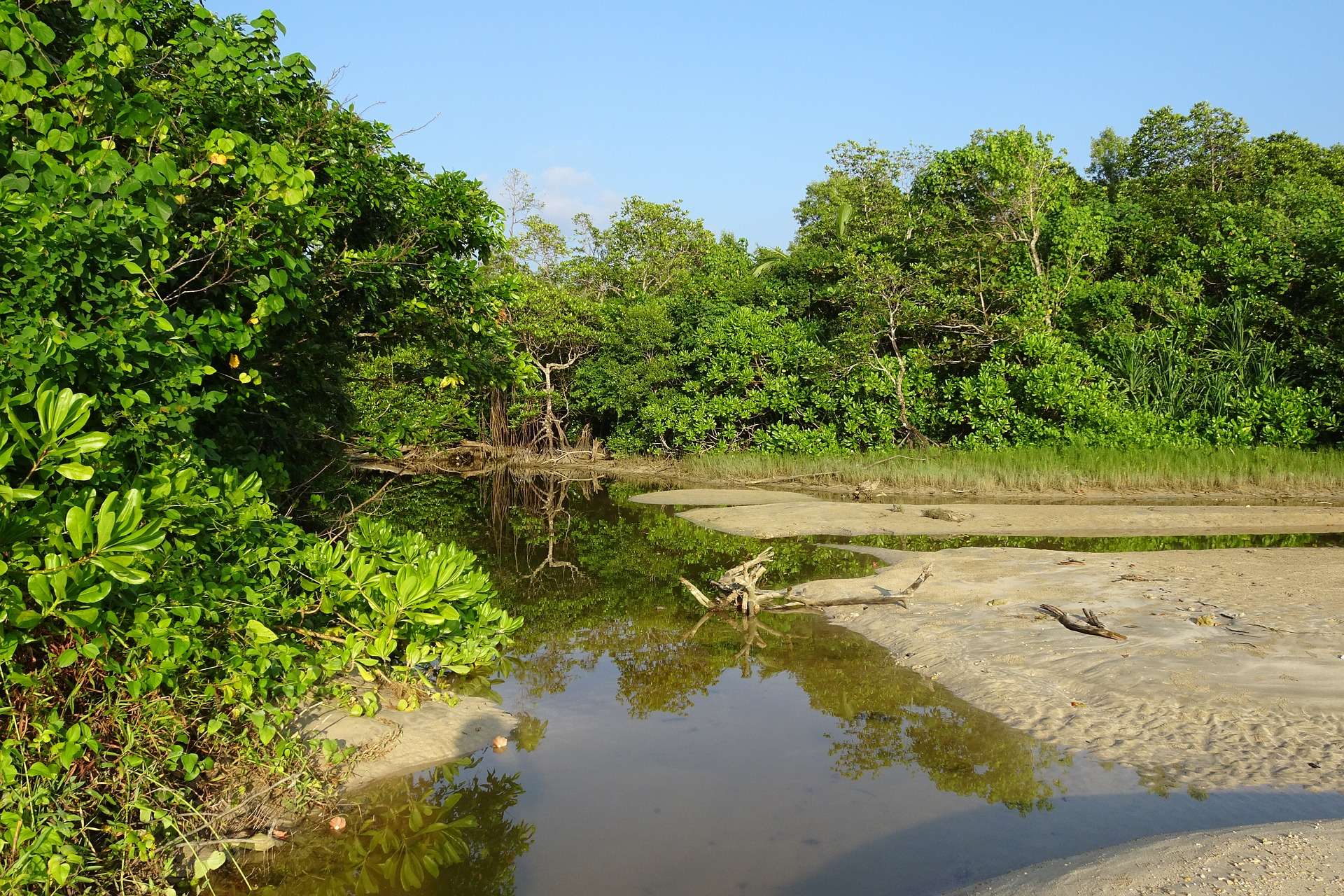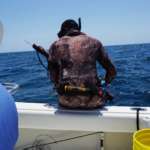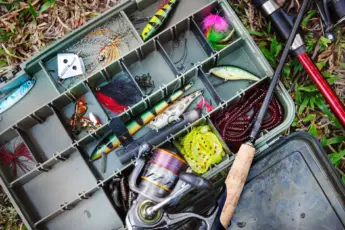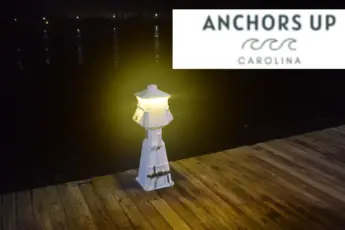Some of the most overlooked fishing grounds in the coastal areas of Georgia, South Carolina, and North Carolina are creeks. Creeks are deceiving because, at low tide, they often have a trickle of water. However, when the tide rises, the fish flow in to feed in the nutrient-rich waters. Utilize these best for coastal creek fishing.
How Do You Access Coastal Creeks
The branches of creeks off of large rivers and sounds span out like a spider web. Hundreds of miles of coastal streams that are fed by tides are accessible for fishing. Many people ask the question, do creeks have fish? Yes, even some of the most shallow creeks hold big fish, and we have seen it first hand. Fishing in creeks and in particular coastal creeks offers a wide variety of fish for anglers to target.
For some, the opportunity to fish a creek can be in the backyard or require a car trip to a strip of public land. Whatever you find, don’t miss the opportunity to cast a line.
To locate access points, utilize google maps satellite view. When searching your area, keep an eye out for roads and parks on the banks of a creek. Unfortunately, you may not be allowed access to the property of coastal creek condos.
The most notable things about fishing creeks is the fact that they receive little to no fishing pressure. Reduced pressure provides anglers the opportunity to catch more fish. Take advantage of creeks in South Carolina, North Carolina, and Georgia.
What Fish Are In Tidal Creeks
Tidal creeks hold a wide variety of fish species. Anglers have the opportunity to catch flounder, redfish, sea trout, black drum, sheepshead, whiting, shark, and stingray. Fortunately, all of these fish can be found in the creek simultaneously.
For those new to fishing, bring along a fish identification chart to keep track of the fish species caught. Also, when planning to bring fish home for dinner, correctly measure the catch to ensure it falls within the state’s legal limits.
What Is The Best Bait For Creek Fishing
There are an abundance of baits that can be utilized to catch fish in coastal creeks. Choosing between natural and artificial is challenging. Here is a breakdown of the best baits for creek fishing.
Live Bait
Utilizing live baits is exceptionally effective. However, there are challenges to overcome. The first hurdle is keeping them alive.
Purchase a high-quality bait bucket with an aerator pump to infuse oxygen into the water. The livies can be purchased or caught with a cast net.
When choosing the best baits for predator fish, the top two choices are shrimp and finger mullet.
The second hurdle is lugging a bucket full of water and bait around. When venturing to a creek by foot, the walk can be long. To avoid carrying the bucket, pack a cart to take the bait and gear.
When it comes to presenting the live bait, add a leader line, weight, and hook below a popping cork.
Artificial Bait
Equally as effective are artificial baits. Casting and slowly retrieving artificials draw a high number of strikes.
The best artificials include fake shrimp, soft plastic paddle tails on a jighead, and scented fish-like rubber baits dragged along the bottom.
One drawback to fishing artificials is the need to cast and retrieve constantly. Artificials are best suited for experienced anglers.
What Are The Best Tides To Fish
One of the most important factors when determining how to fish a creek is monitoring tides. The best tides for coastal creek fishing are while water is flowing in or out. Slack tides decrease fish activity; therefore, the chances of catching fish will be reduced. Consider planning the tides as one of the most important creek fishing tips.
To be more specific, focus on the last hour of a falling tide and the first hour of the incoming tide. Keep an eye out for fish cruising the shoreline, waiting for the water to rise. Once the water rises, the fish retreat into the marsh grass and out of the open water of coastal creeks.
Head Out Coastal Creek Fishing
Now you know how to fish creeks. Avoid the expense of paying high dollar amounts to purchase a vessel when you can catch the most desirable inshore fish from the banks. The southeastern United States has ample space dedicated to public access for catching fish. When you next visit the coastal regions of Georgia, South Carolina, or North Carolina, be sure to go coastal creek fishing.








Leave a Comment
You must be logged in to post a comment.